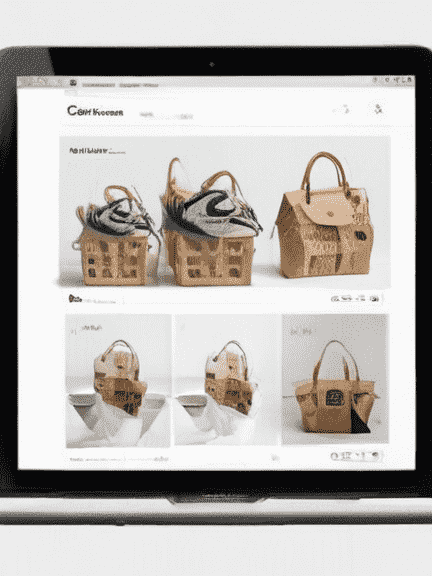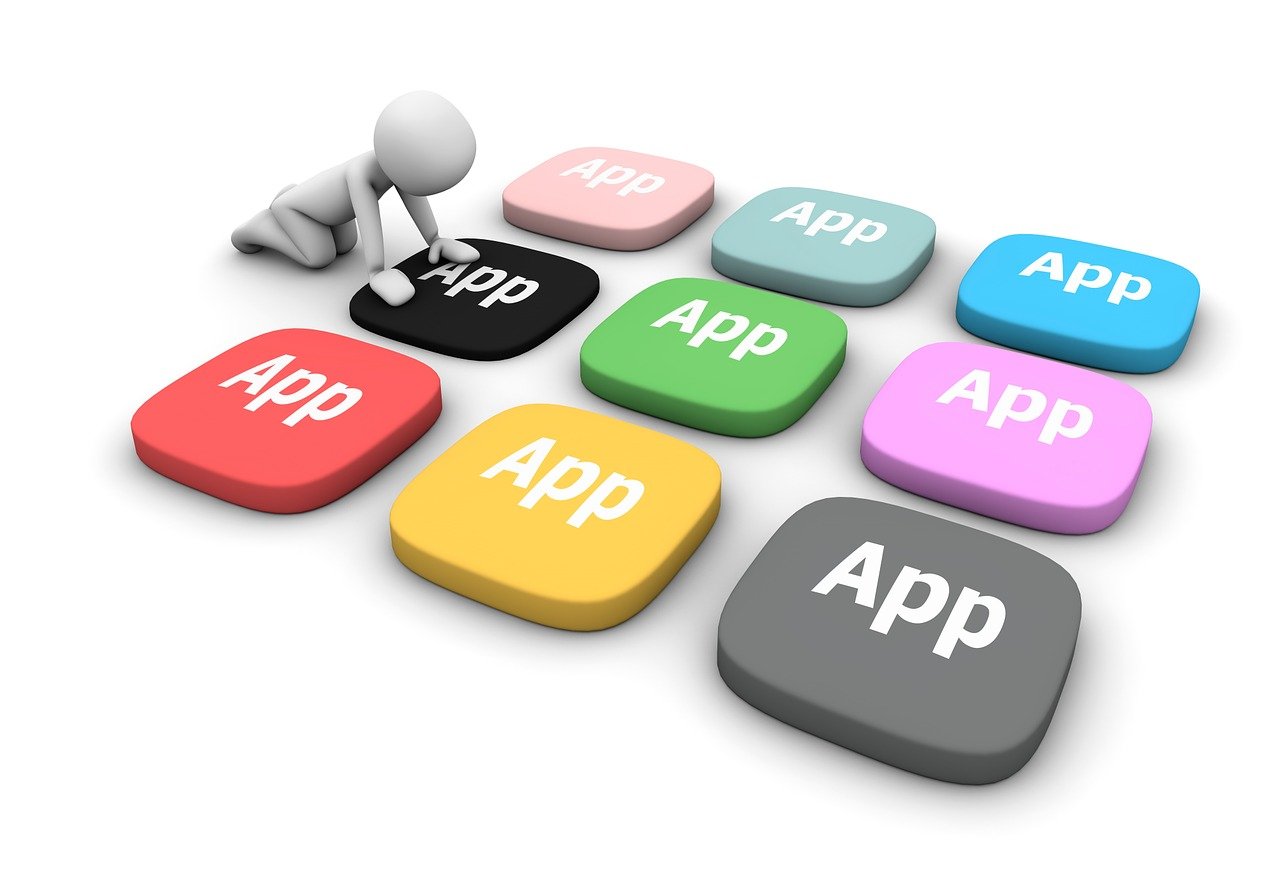E-commerce applications are essential for firms seeking effective client reach in the age of digitization. Among the myriad strategies available, push campaigns are a potent means to engage users. However, their effectiveness hinges on meticulous segmentation and customization.
Segmentation in the Context of E-commerce Apps

Segmentation isn’t just a buzzword; it’s the backbone of any successful e-commerce push campaign. By segmenting your audience according to demographics, behavior, or preferences, you can tailor your messages to resonate with each group uniquely. For instance, a clothing retailer might segment their audience based on past purchase history or browsing behavior, enabling them to send targeted promotions for specific clothing categories.
Importance of Personalization
The key to turning generic communications into meaningful encounters is personalization.
Users who have engaged and converted are more likely to get offers or suggestions that are tailored to their interests. Through efficient use of user data, including purchase history, location, and even time of day, you can customize messages for every person, creating a feeling of relevance and connection.
Strategies for Segmentation and Personalization
Incorporating segmentation and personalization strategies into your e-commerce app’s push campaigns can spell the difference between mere engagement and meaningful interactions that drive lasting customer loyalty and revenue growth.
- Behavior-Based Segmentation: Analyze user behavior within your app to identify patterns and preferences. Whether it’s frequent buyers, cart abandoners, or window shoppers, tailor your messages to align with their actions. For instance, offering discounts to users who frequently browse a particular product category can entice them to purchase.
- Dynamic Content: Provide individualized suggestions and real-time updates by using dynamic content. Incorporating users’ recent interactions or preferences into your push notifications adds a layer of relevance that can significantly impact engagement and conversion rates.
- Location-Based Targeting: Capitalize on location data to deliver hyper-localized offers or promotions. Informing users about nearby store openings, events, or exclusive deals based on their current location enhances the relevance of your messages, driving foot traffic and online sales.
In the competitive realm of e-commerce, effective push campaigns may significantly impact the likelihood of obtaining users’ attention and driving conversions. By employing segmentation and personalization techniques, companies may create messaging that connect with their target audience on a deeper level, fostering stronger connections and driving tangible results.



